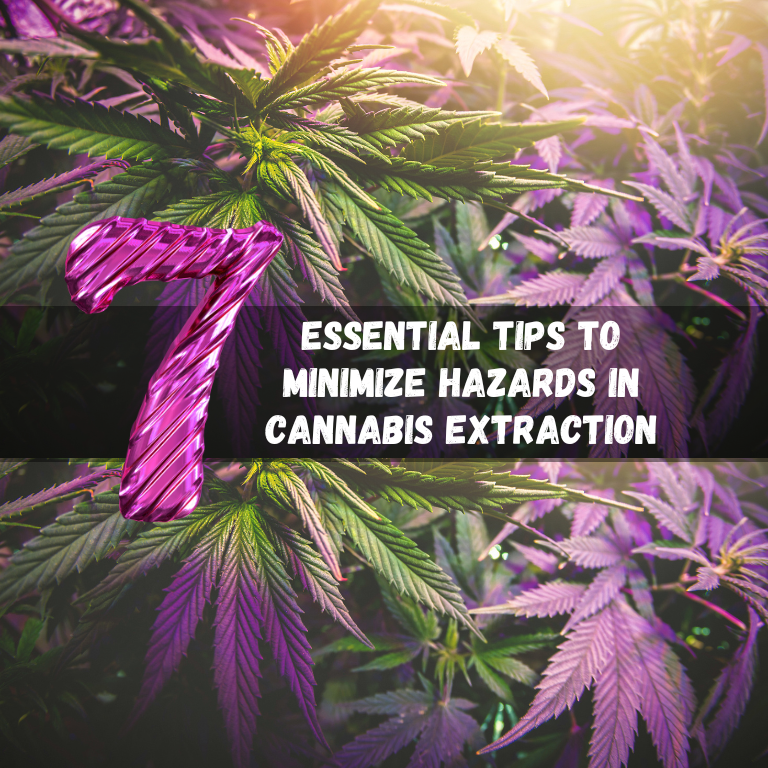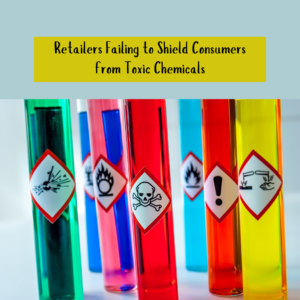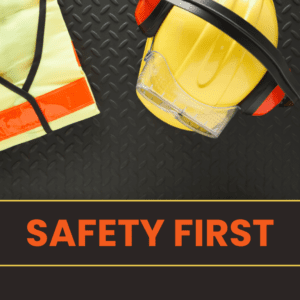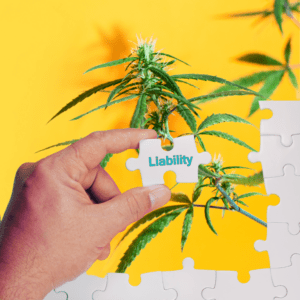7 Essential Tips to Minimize Hazards in Cannabis Extraction

7 Essential Tips to Minimize Hazards in Cannabis Extraction
Cannabis extraction is a vital process in the production of various cannabis products, but it comes with significant risks. Ensuring safety in cannabis extraction operations is paramount to protect workers, equipment, and facilities. Here are seven essential tips to minimize hazards in cannabis extraction.
1. Proper Training and Education
One of the most effective ways to minimize hazards in cannabis extraction is through comprehensive training and education. Employees should be well-versed in the extraction processes, equipment operation, and emergency response procedures.
Key Points:
- Conduct regular training sessions.
- Ensure all workers are certified and understand safety protocols.
- Update training materials regularly to reflect new regulations and technologies.
2. Use of Appropriate Personal Protective Equipment (PPE)
Personal Protective Equipment (PPE) is essential in safeguarding workers from potential hazards during the extraction process. The right PPE can prevent injuries and exposure to harmful substances.
Key Points:
- Equip workers with gloves, goggles, lab coats, and respirators.
- Ensure PPE is in good condition and replace it as needed.
- Train employees on the correct use and maintenance of PPE.
3. Ventilation and Air Quality Control
Proper ventilation is crucial in preventing the accumulation of flammable gases and maintaining a safe working environment. Implementing robust air quality control measures can significantly reduce the risk of explosions and respiratory issues.
Key Points:
- Install high-efficiency ventilation systems.
- Regularly monitor air quality and gas levels.
- Use explosion-proof equipment and electrical fittings.
4. Implement Standard Operating Procedures (SOPs)
Standard Operating Procedures (SOPs) provide a structured approach to cannabis extraction, ensuring consistency and safety. SOPs should detail every step of the extraction process, including safety measures and emergency procedures.
Key Points:
- Develop detailed SOPs for all extraction processes.
- Ensure SOPs are easily accessible to all employees.
- Regularly review and update SOPs to reflect best practices and regulatory changes.
5. Regular Equipment Maintenance and Inspections
Maintaining and inspecting extraction equipment regularly can prevent malfunctions and accidents. Properly functioning equipment is critical for safe and efficient extraction processes.
Key Points:
- Schedule routine maintenance and inspections for all equipment.
- Keep detailed records of maintenance activities.
- Replace or repair faulty equipment promptly.
6. Safe Handling and Storage of Chemicals
The chemicals used in cannabis extraction can be hazardous if not handled and stored correctly. Implementing strict protocols for chemical handling and storage can prevent spills, leaks, and other accidents.
Key Points:
- Store chemicals in labeled, approved containers.
- Use proper storage facilities, such as flammable liquid cabinets.
- Train employees on the safe handling and disposal of chemicals.
7. Emergency Preparedness and Response Plans
Despite all precautions, emergencies can still occur. Having a well-defined emergency preparedness and response plan can mitigate the impact of accidents and ensure a swift and effective response.
Key Points:
- Develop comprehensive emergency response plans.
- Conduct regular emergency drills and training sessions.
- Equip the facility with fire extinguishers, first aid kits, and other emergency supplies.
Minimizing hazards in cannabis extraction is essential to ensure the safety and well-being of workers and the integrity of the production process. By implementing these seven essential tips—proper training, using PPE, ensuring ventilation, following SOPs, maintaining equipment, handling chemicals safely, and preparing for emergencies—cannabis extraction facilities can operate more safely and efficiently. Prioritizing safety not only protects workers but also enhances the overall quality and reliability of cannabis products.











